As a kid, you might remember seeing cartoons of Santa’s house at the North Pole, maybe with a couple of polar bears lounging in the background and a few penguins toddling around. In reality, polar bears live only in the Northern Hemisphere, and penguins live almost exclusively in the Southern Hemisphere. So, each of these species live geographically closer to tropical flamingos than to each other! Explore with us where penguins live and how well they’re surviving.
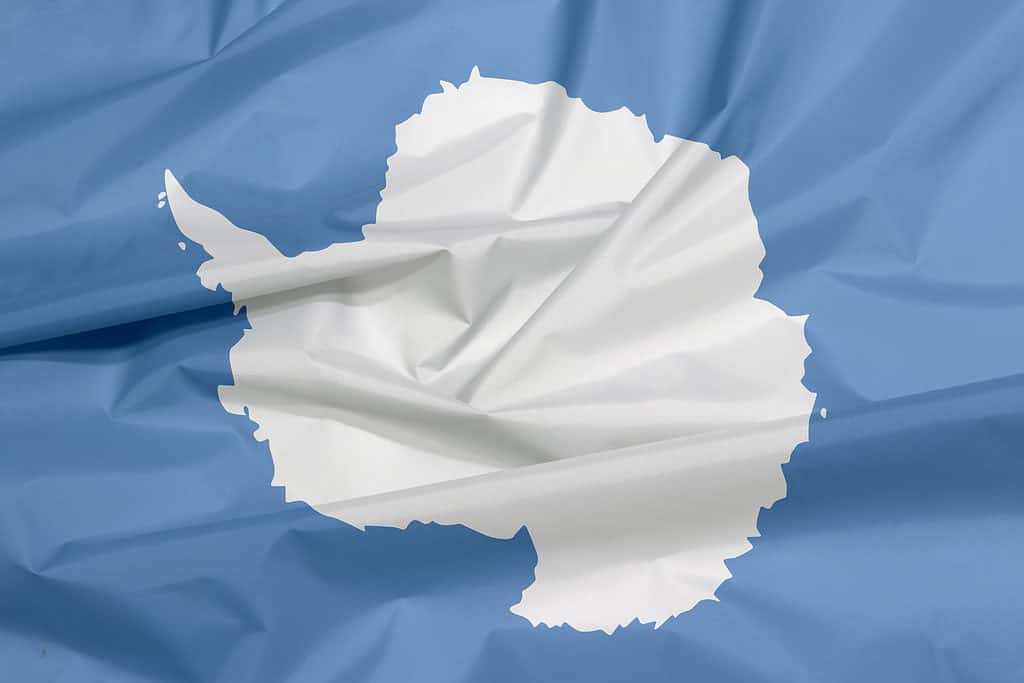
Penguins live in the Southern Hemisphere in the areas bordering the Antarctic Sea and the South Pacific.
©au_uhoo/Shutterstock.com
What Are Penguins?
Birds Built for Land and Sea
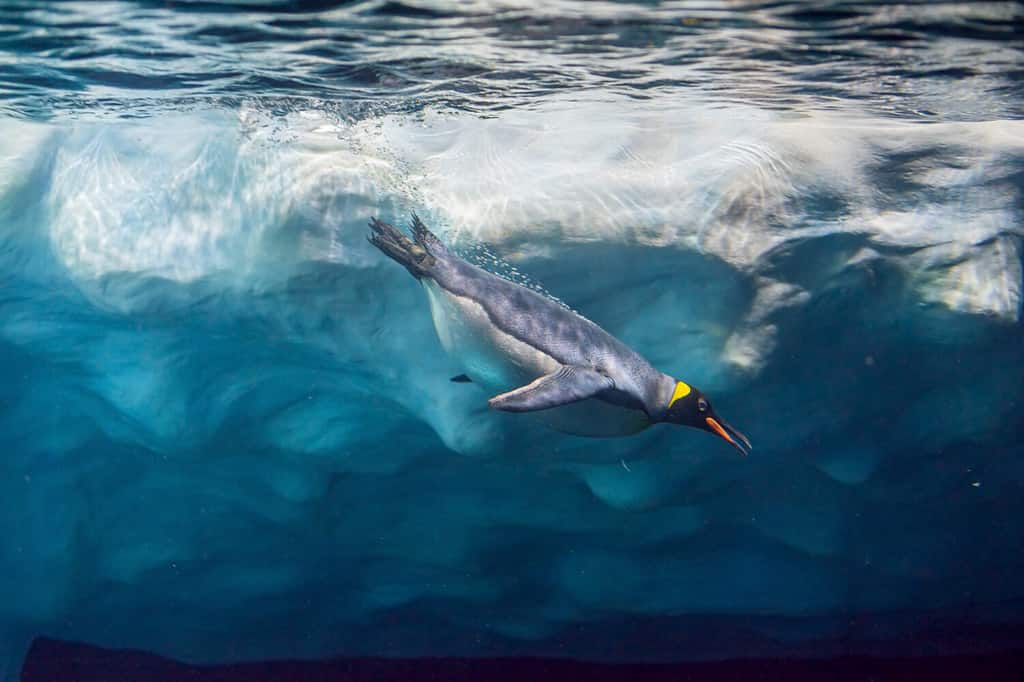
©David Herraez Calzada/Shutterstock.com
Penguins are flightless marine birds that split their time between the land and sea. Their wings are flippers that make them powerful swimmers. Penguins like fast food: they swallow fish, squid, and krill that they catch and swallow whole while swimming. Their slick plumage makes them streamlined in the water, but it also holds in a layer of air next to their bodies that helps keep them warm and buoyant in the water. Penguins have a remarkable adaptation that allows them to drink salt water, filter out the salt in their bloodstream, and blow it out their nose in mucus.
Penguins have a distinctive black-and-white tuxedo-like color pattern that serves as ingenious camouflage. When swimming, an orca or seal looking up has trouble seeing its white belly in the light from above. If the penguin is below the predator, the penguin’s black back camouflages against the dark ocean depths. Depending on the species, penguins can have orange, red, or yellow on their beaks, feet, and around the head or yellow shading around the neck and breast.
Pick a Size

The largest species are the emperor penguins. The young are covered in irresistibly soft grey fuzz.
©Michel VIARD/ via Getty Images
Believe it or not, fossils of prehistoric penguins show they could get as big and heavy as an adult human being! Today, the emperor penguin is the largest species, growing up to 3.5 feet tall and weighing 77 pounds. Picking one up would feel like lifting two cinder blocks. The smallest surviving modern species is the little blue penguin or fairy penguin which is only about a foot tall and weighs two to three pounds. Scooping that one up would be like carrying a laptop computer, but squishier.
Where Do Penguins Live?
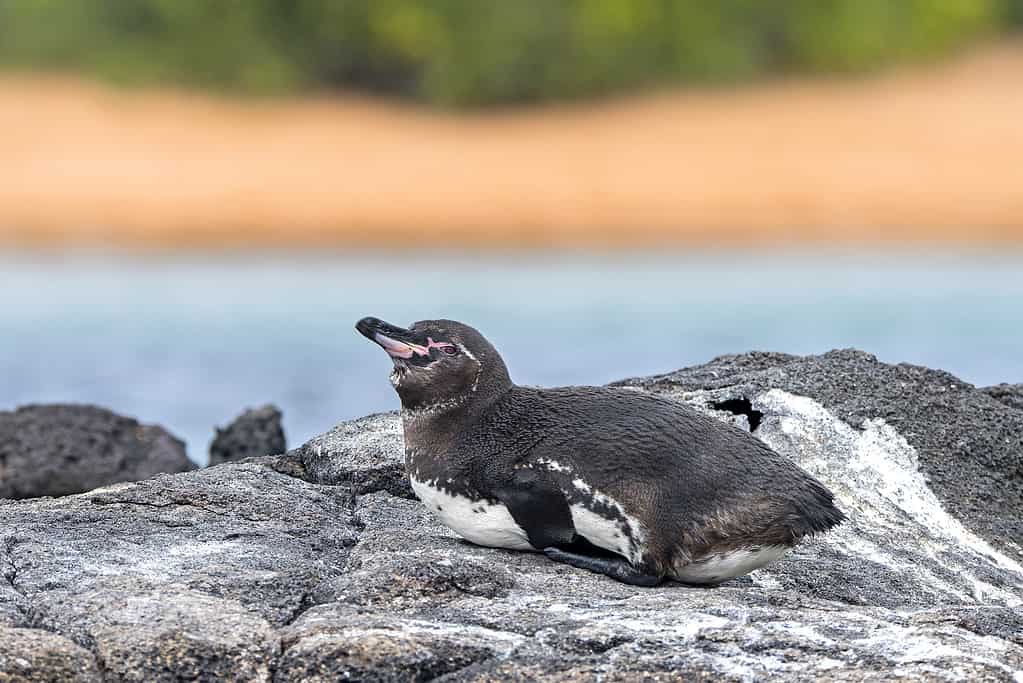
The Galapagos penguin is the only species north of the Equator.
©/1309102624 via Getty Images
There are about 40 million penguins in the world divided into 17-20 species. Eight of these live in Antarctica and islands in the Antarctic Sea. The rest inhabit the islands and coastlines of South America, Southern Africa, and Australia. The Galapagos penguin is the only species that lives in the Northern Hemisphere, in the Galapagos Islands, of course. Species that live further north tend to be smaller and can live in temperate or even tropical habitats. Larger species live further south in extremely cold habitats. Unfortunately, the populations of most species are in decline due to climate change and overfishing.
Countries and Regions With the Most Penguins
1. Antarctica
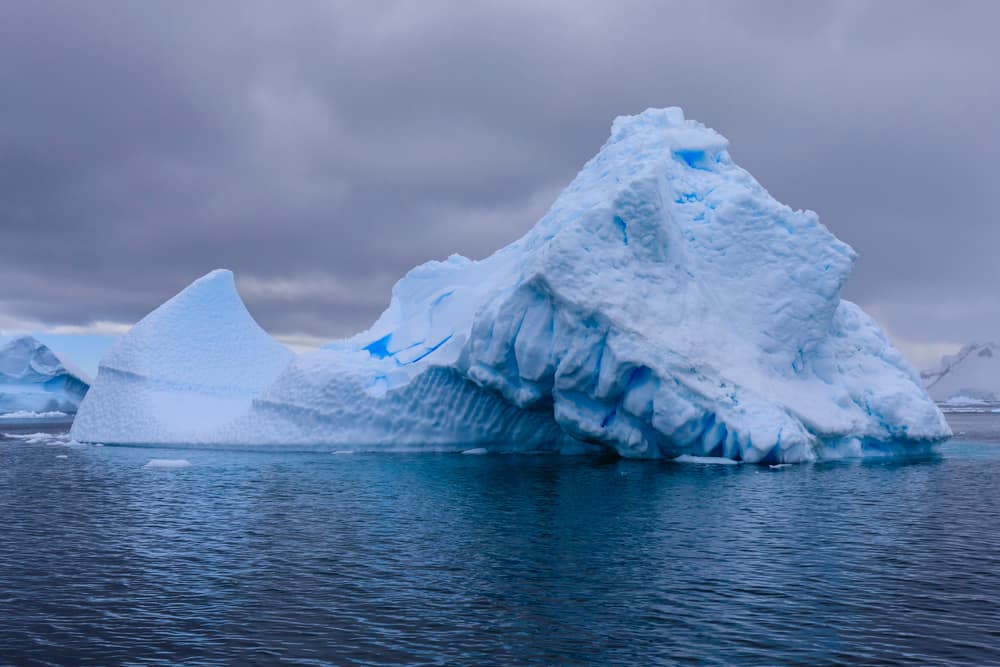
The loss of sea ice in Antarctica, where penguins fish and nest, is driving some species closer to extinction.
©Eleanor Scriven/Shutterstock.com
Antarctica is an international territory that does not belong to any one country. It has about 12 million penguins. Eight species live on the continent and nearby islands: the emperor, Adelie, chinstrap, Gentoo, king, macaroni, Magellanic, and rockhopper. Global warming has caused a significant melt-off of Antarctic ice that has threatened penguin habitats. Overfishing has further stressed them, to the point that some colonies have declined by up to 50% and a colony on the Antarctic Peninsula has died off completely.
2. New Zealand

The yellow-eyed penguin is one of the most threatened species in New Zealand.
©Anders Peter Photography/Shutterstock.com
Some sources say there are as few as three species of penguins in New Zealand, but others note that considering all the country’s outlying islands and dependencies and birds that frequently pass through the area, 13 of the world’s penguin species have actually been seen there. Of these, the yellow-eyed penguin is most threatened by loss of habitat. It lives in forests and shrublands that over the years have been cleared for farming and ranching. Warming seawater has forced cold-water food sources like krill further south, threatening penguins’ food supply. The extensive fishing industry in New Zealand waters also kills large numbers of penguins that drown after getting entangled in fishing nets. Because so many species live in this country’s jurisdiction, New Zealand is critical to the survival of many penguin species.
3. South Africa and Namibia
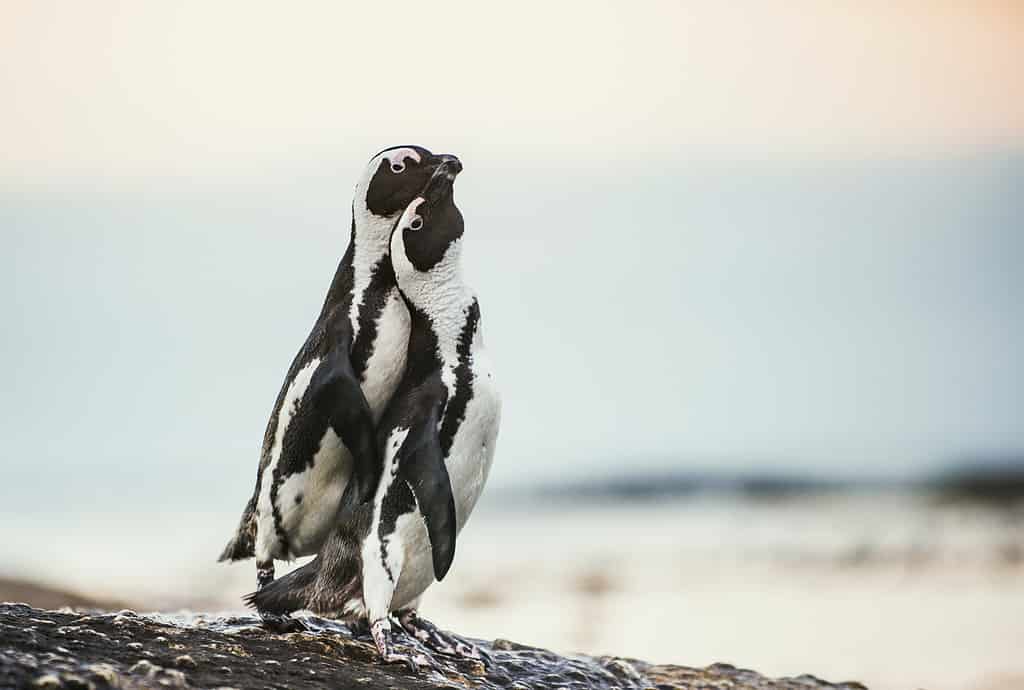
Only about 15,000 mating pairs of African penguins remain in the wild.
©Sergey Uryadnikov/Shutterstock.com
The only species of penguin native to Africa is the African black-footed penguin. They live only in South Africa and neighboring Namibia. As humans are thought to have originated in Africa, it’s possible this penguin species is the first to have been discovered by people. Because African penguins live in warmer climates, they burrow in the ground during the day and come out at dusk and at twilight. They have a pink gland over their eyes they use to dissipate excess body heat by forcing blood into it. Only about 15,000 breeding pairs remain, and they are in decline at a rate of 2% a year. In addition to environmental factors, these penguins are threatened by human consumption of their eggs.
4. Chile

Magellanic penguins are one of the species that breed along the coasts of Chile, Argentina, and Brazil.
©Ondrej Prosicky/Shutterstock.com
Chile has 10 species of penguins: the king, emperor, Gentoo, Adelie, chinstrap, rockhopper, macaroni, Humbolt, Magellanic, and little penguins. Magellanic penguins breed on both the Pacific and Atlantic coasts of South America. Penguin watchers have sighted them as far north as Rio de Janeiro. About 20,000 breeding pairs live in Chile. Three desert islands off the country’s coast are home to 80% of the world’s Humboldt penguin population, a vulnerable species.
5. Australia
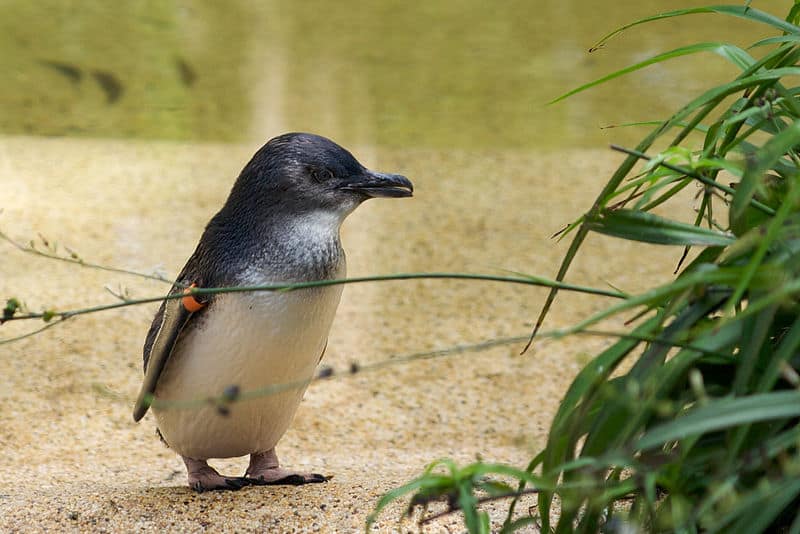
The little penguin, or fairy penguin, is the world’s smallest species.
Ten different species of penguins frequent Australian waters, including the king, emperor, Gentoo, Adelie, chinstrap, rockhopper, Fiordland, erect-crested, macaroni, and Magellanic. However, the little penguin or fairy penguin is the only species that has breeding colonies in Australia, on the south coast. Fortunately, little penguins are not endangered. The IUCN considers them a species of “least concern.” Nevertheless, Australia takes the protection of this tourist-charming species seriously. In fact, in 2009 wildlife officials hired marksmen to shoot foxes and dogs that were threatening a small colony of them near Sydney! So maybe it’s not a surprise that a species with armed guards is not endangered . . .
How Can You Help Penguins?

Protect penguins by limiting your use of plastics to reduce the pollution that ends up in the oceans.
©Rich Carey/Shutterstock.com
Conservation agencies recommend ideas like these for ordinary people who would like to help penguins, and other endangered species at the same time:
- Avoid single-use plastics and recycle the plastics you use. Plastic in the ocean is a major environmental threat.
- Participate in a beach cleanup effort to remove plastics.
- Purchase sustainable seafood that is harvested in a way that does not harm penguins and other threatened marine species.
- Donate to penguin conservation nonprofit organizations.
- Write to government officials in your country and in countries that host penguins to express your support for conservation efforts. This may not seem like much, but it keeps the issue in front of policymakers’ attention.
- Consider going on an ecotourism adventure to see penguins after carefully researching an ethical organization. Ecotourism creates a powerful financial incentive for governments and local citizens to conserve endangered species.
The photo featured at the top of this post is © iStock.com/Coldimages
Thank you for reading! Have some feedback for us? Contact the AZ Animals editorial team.






